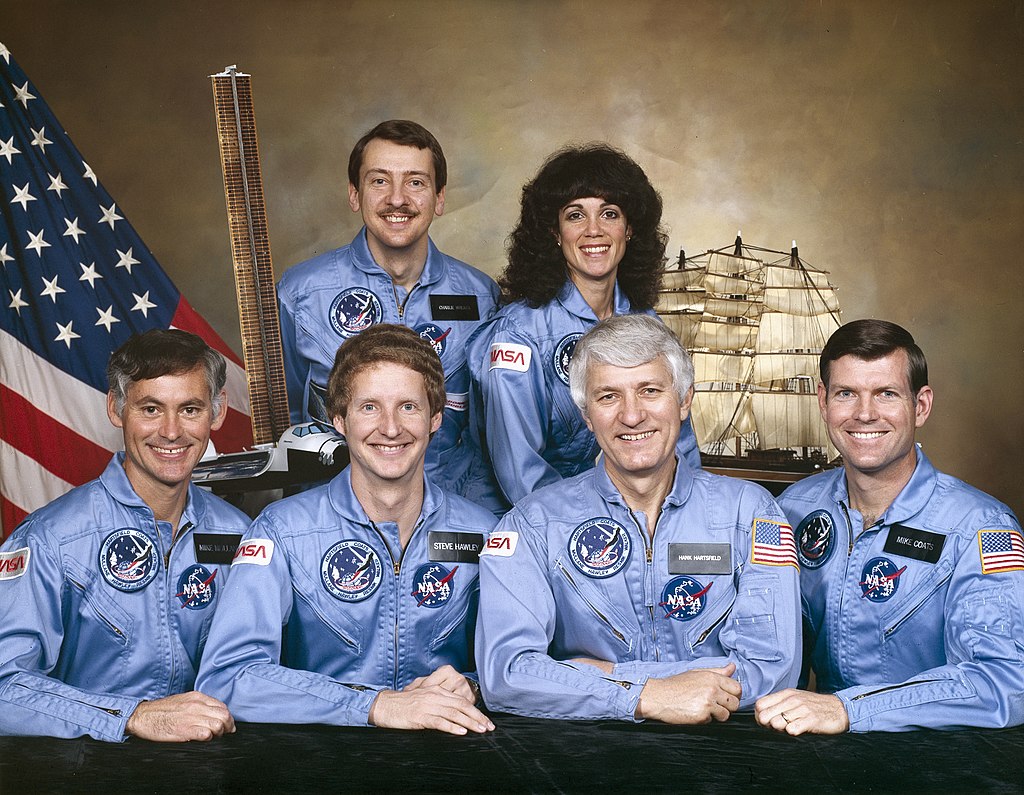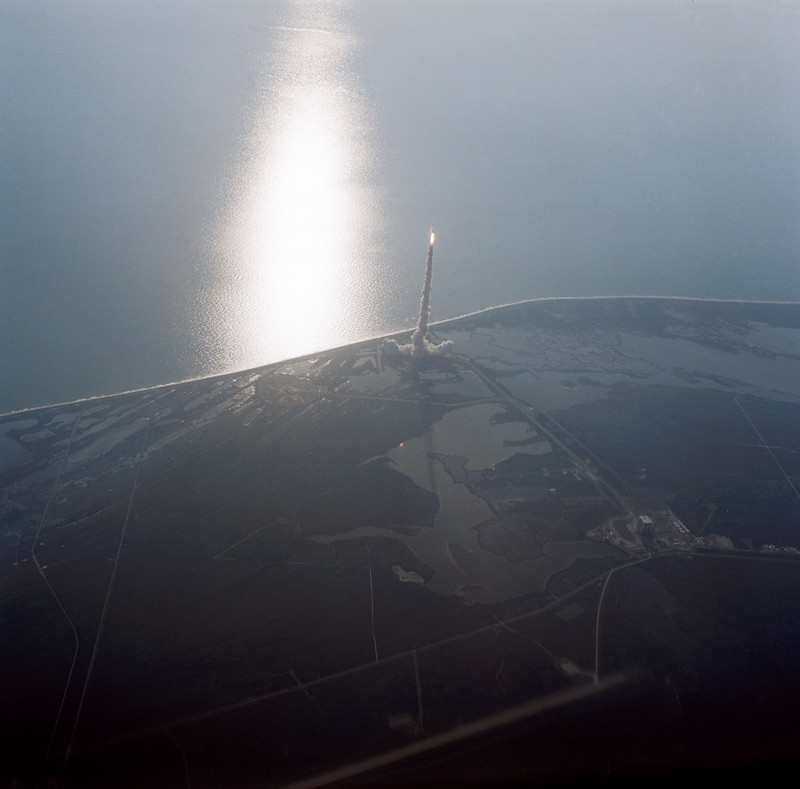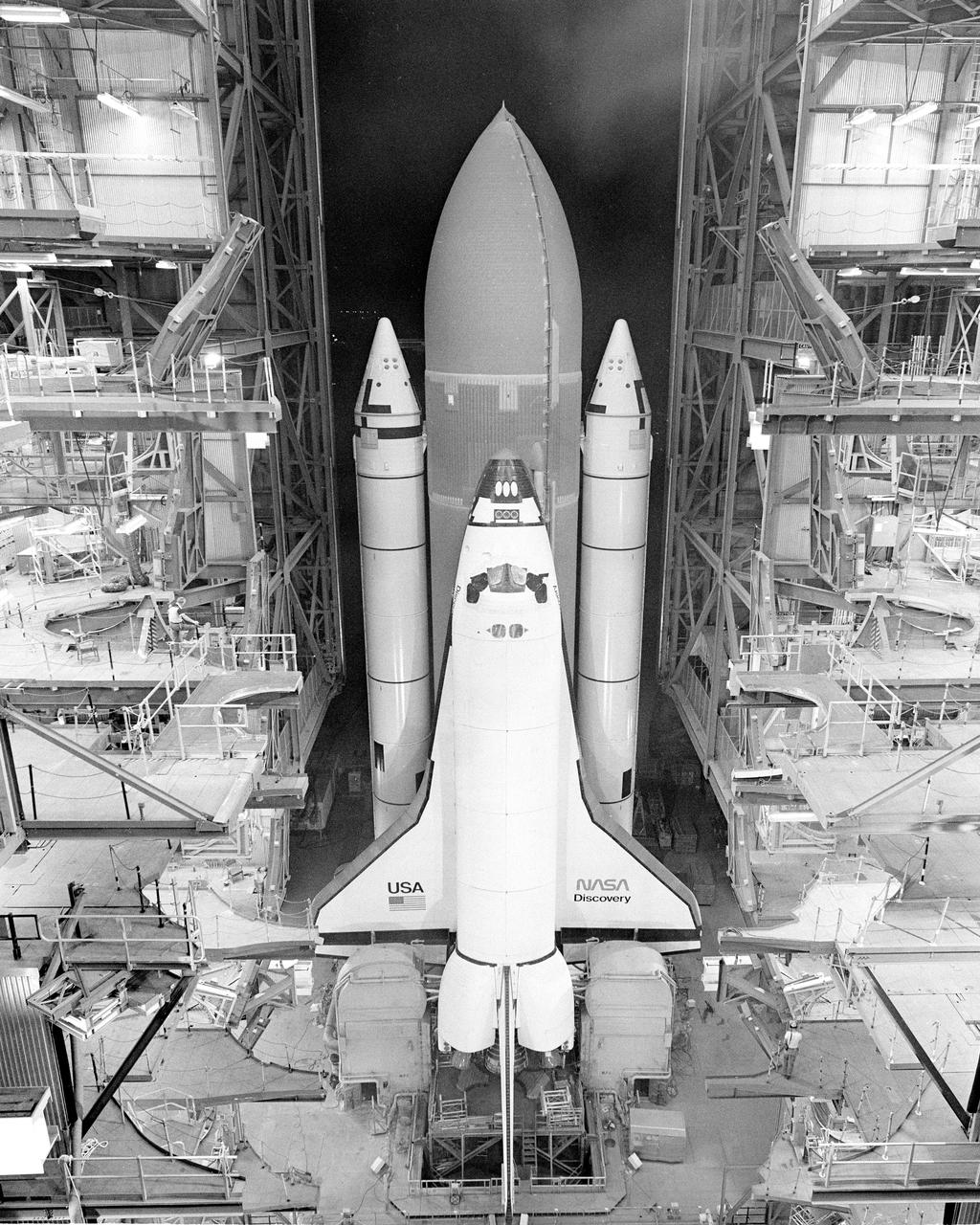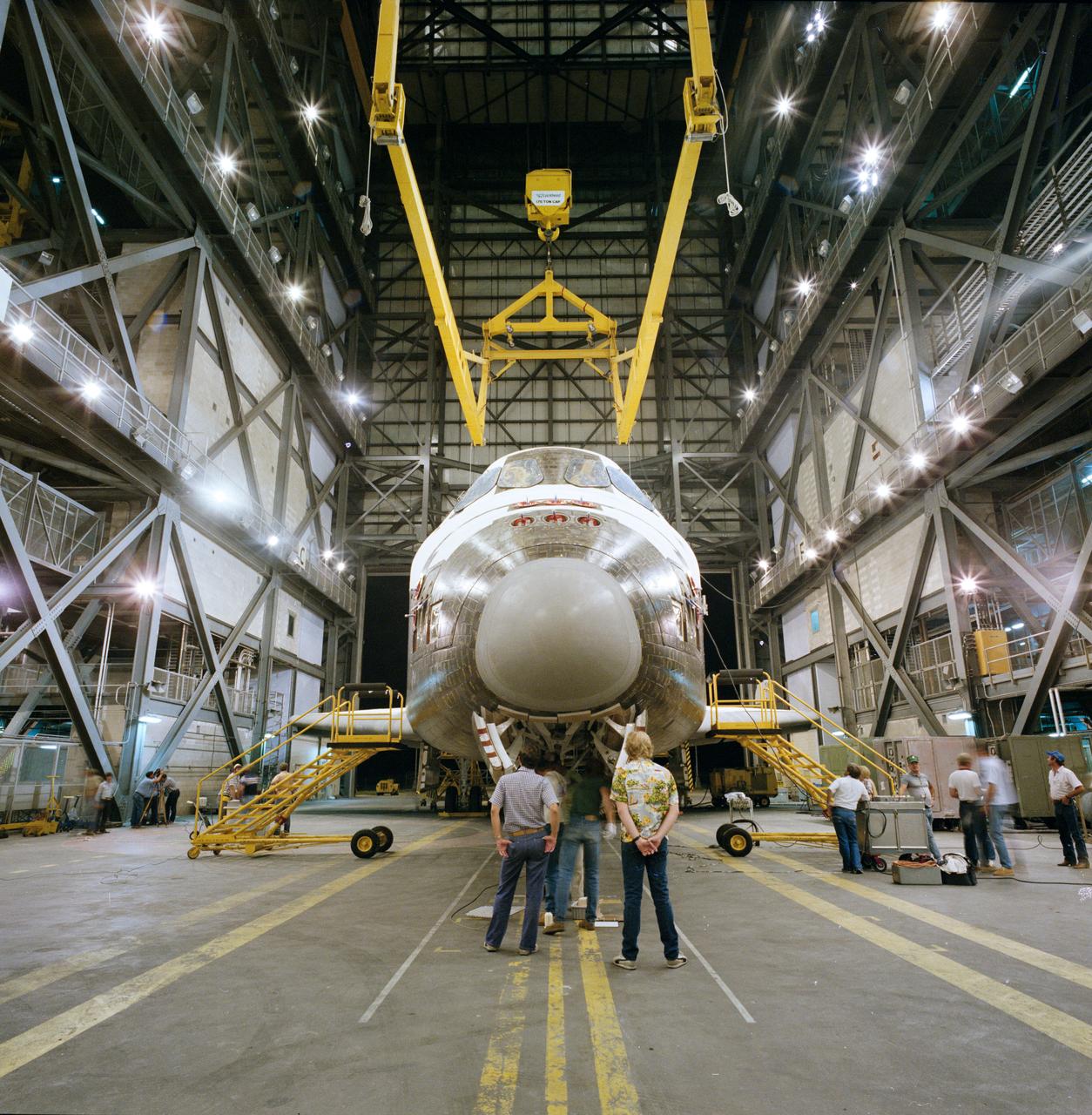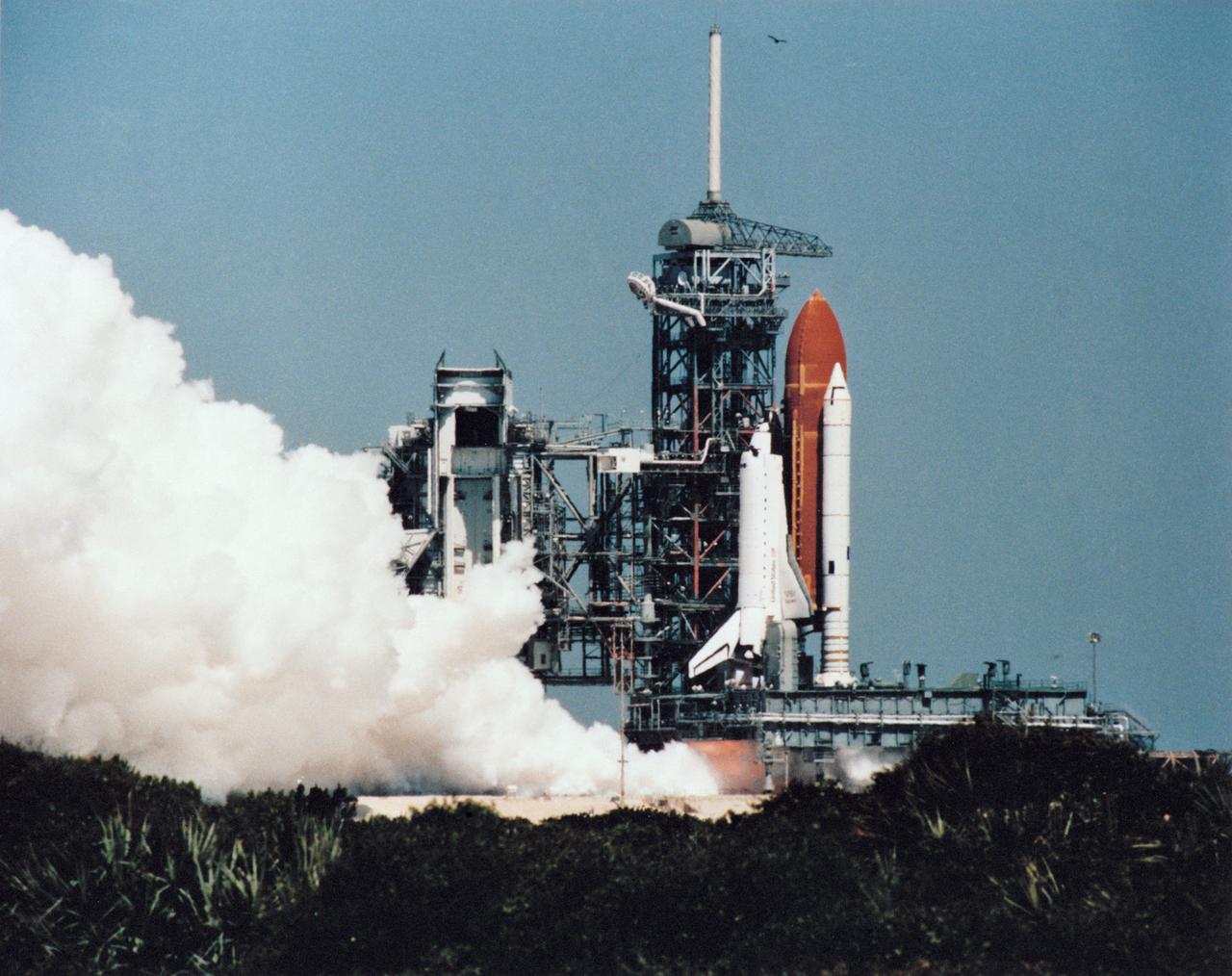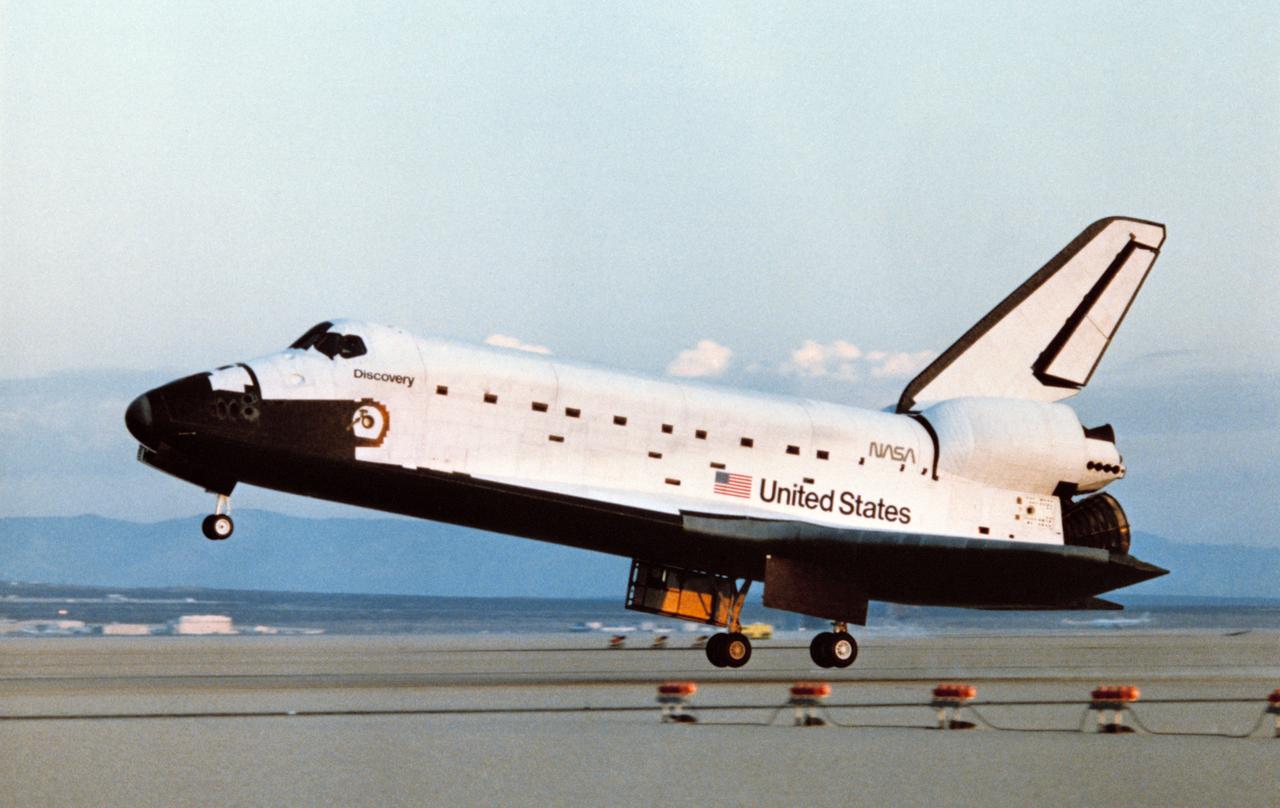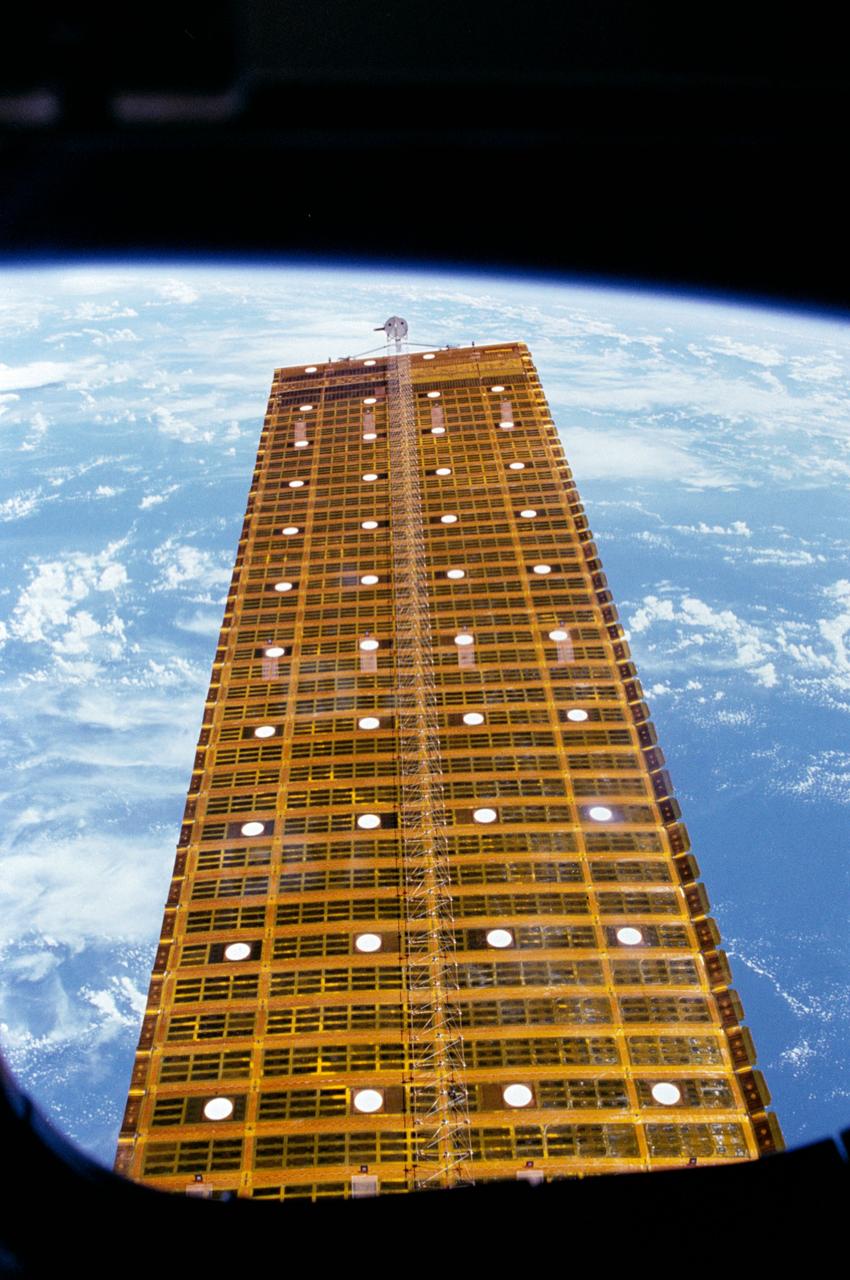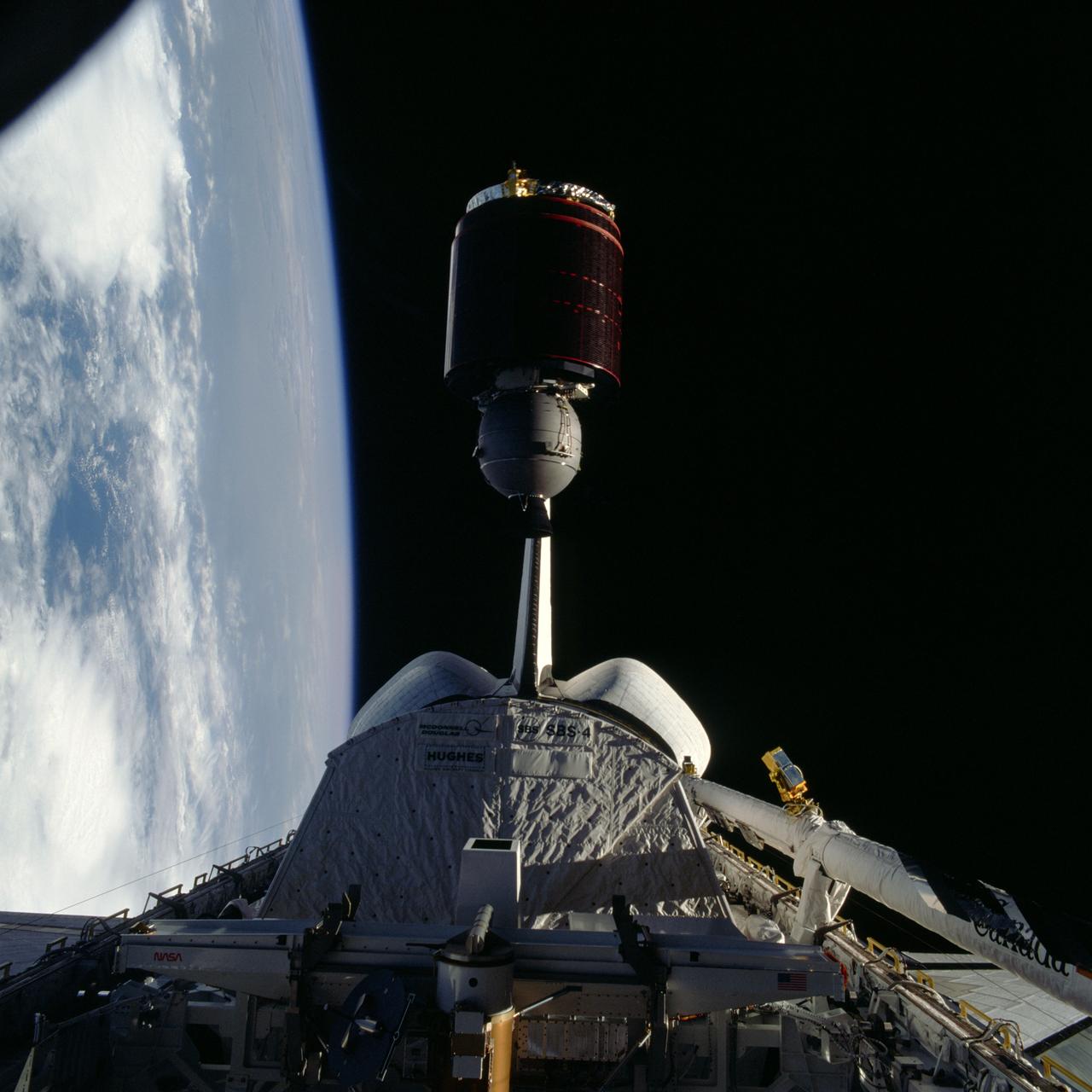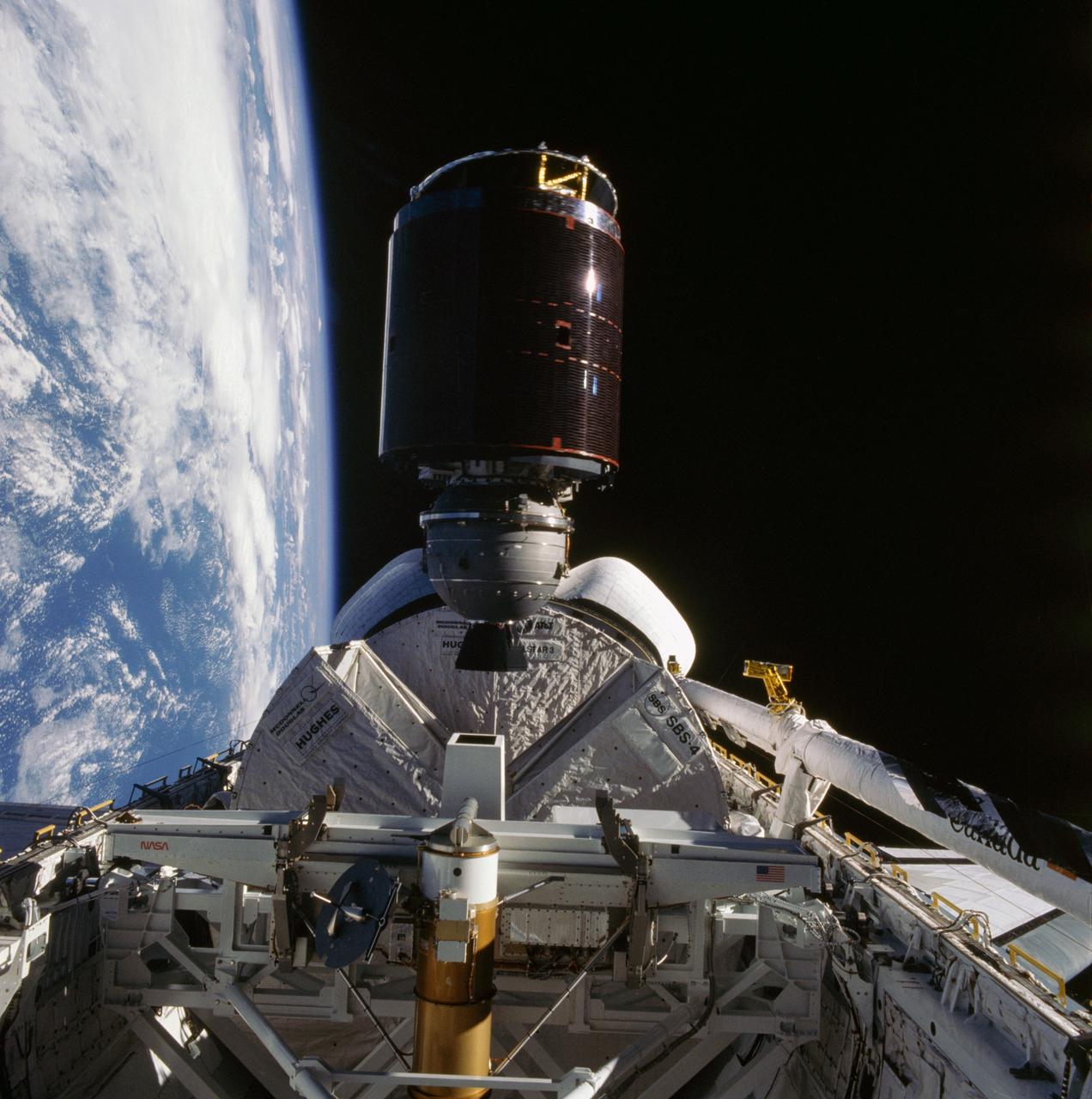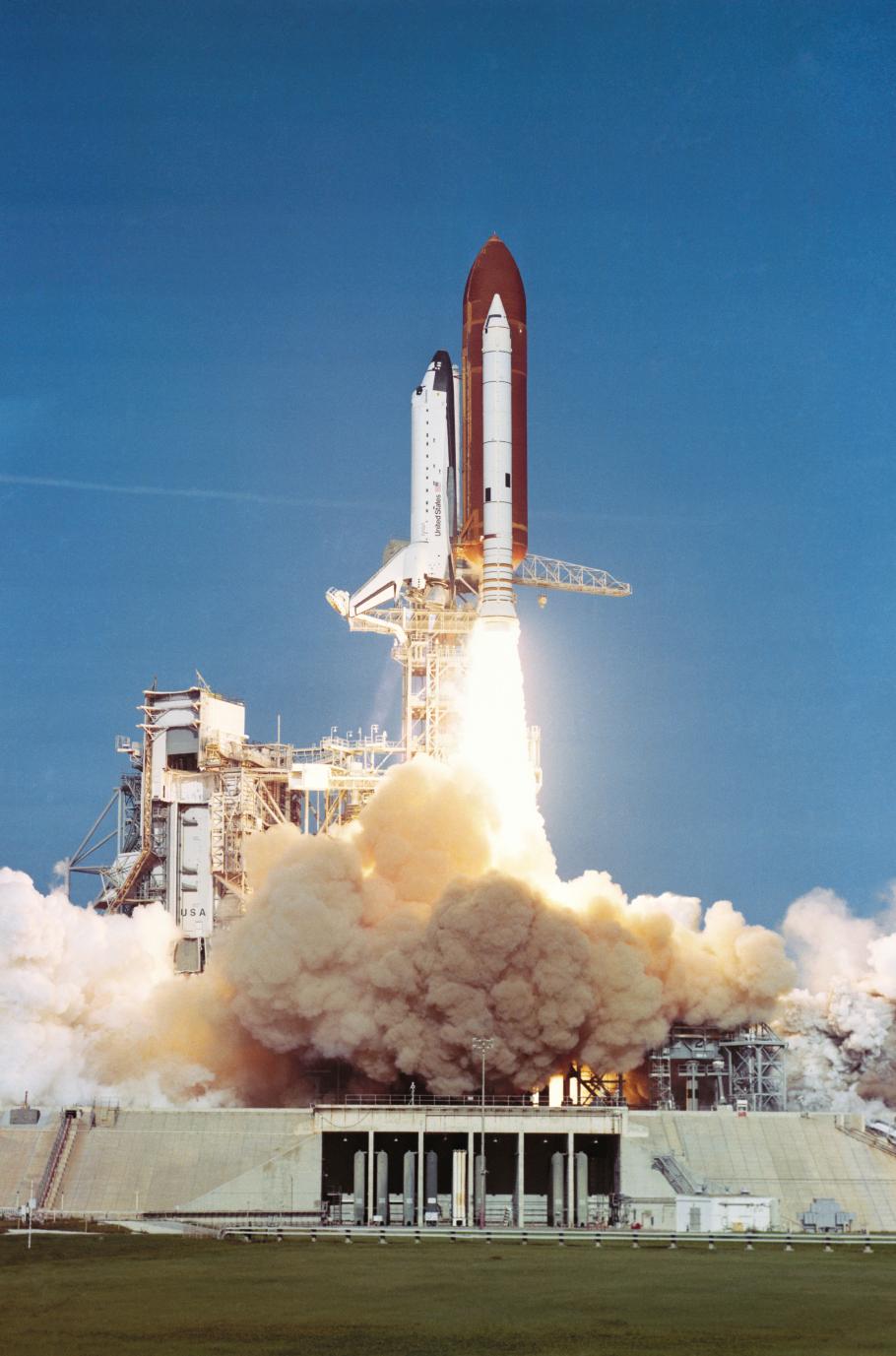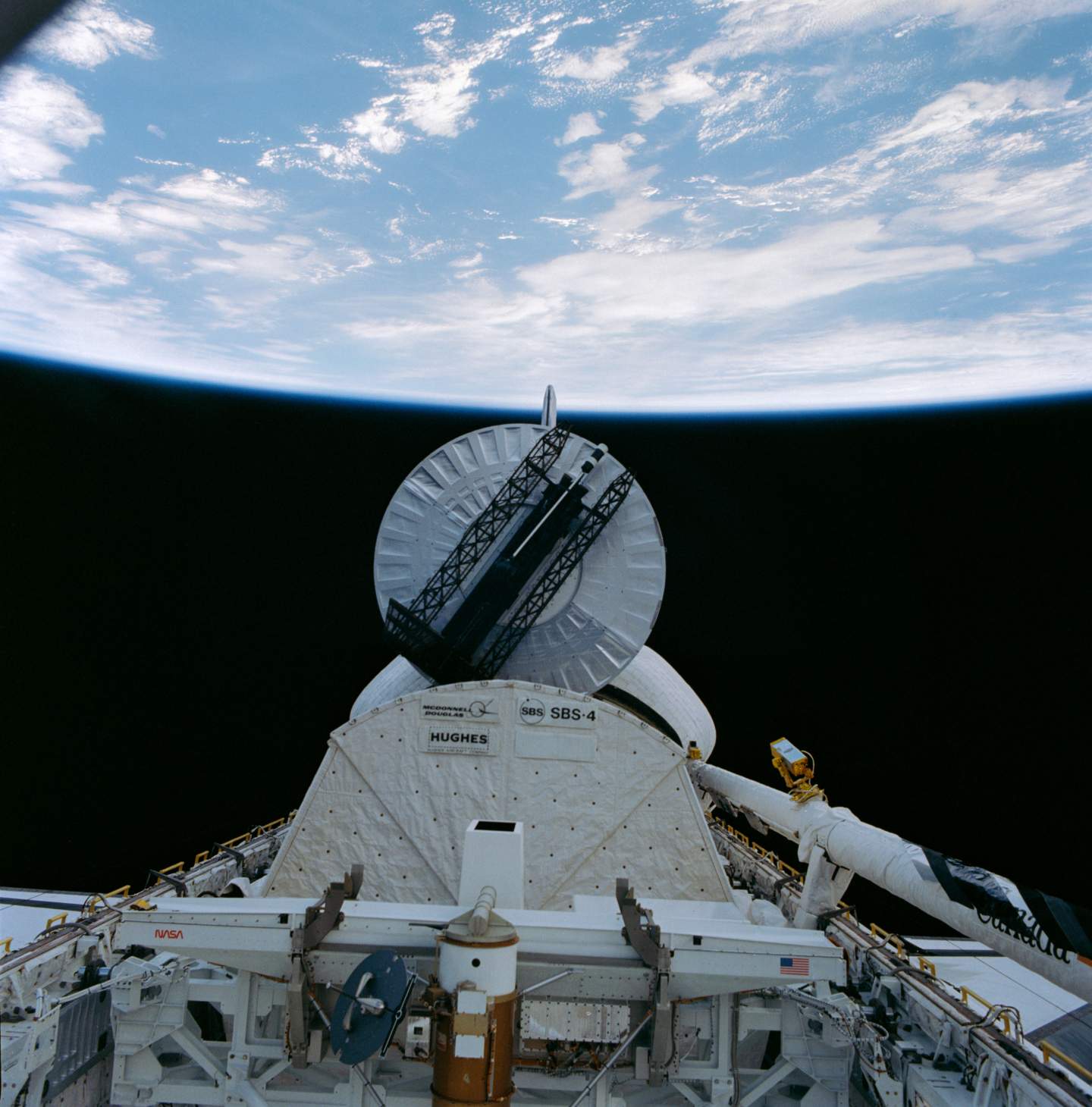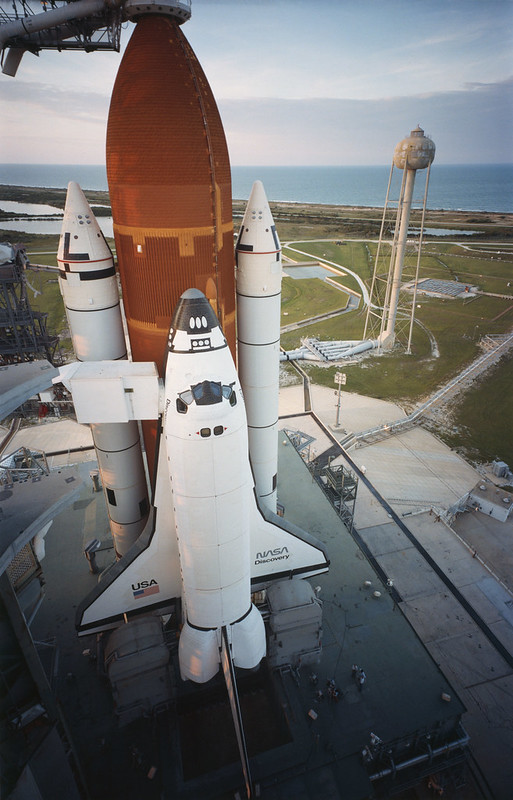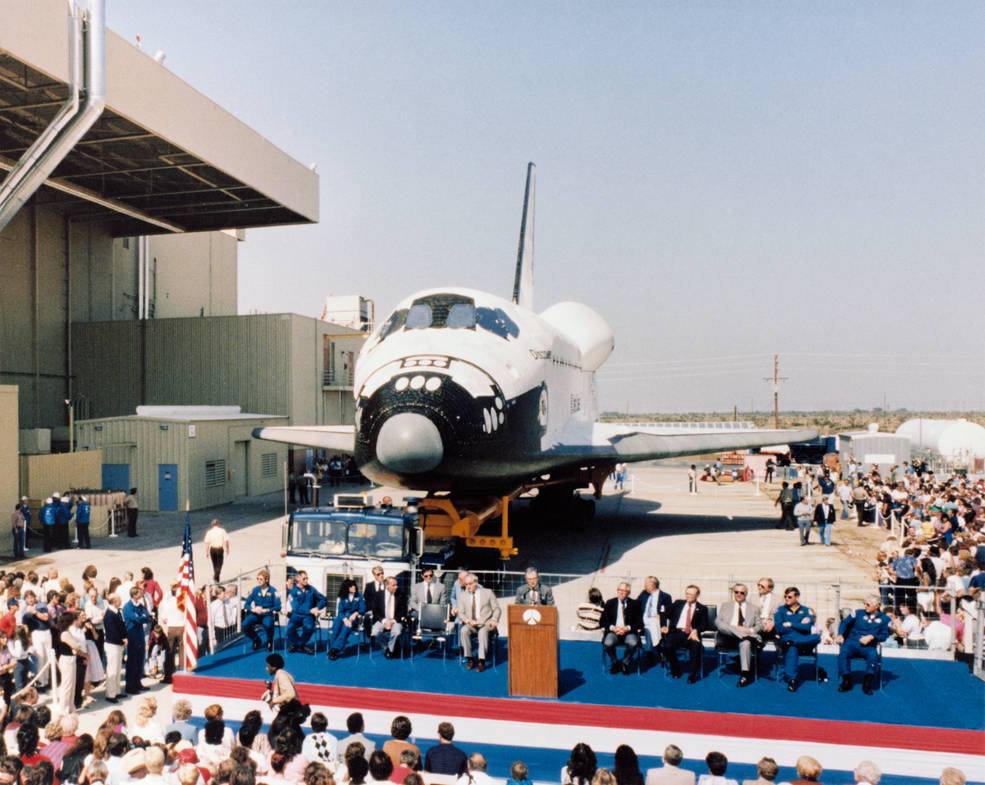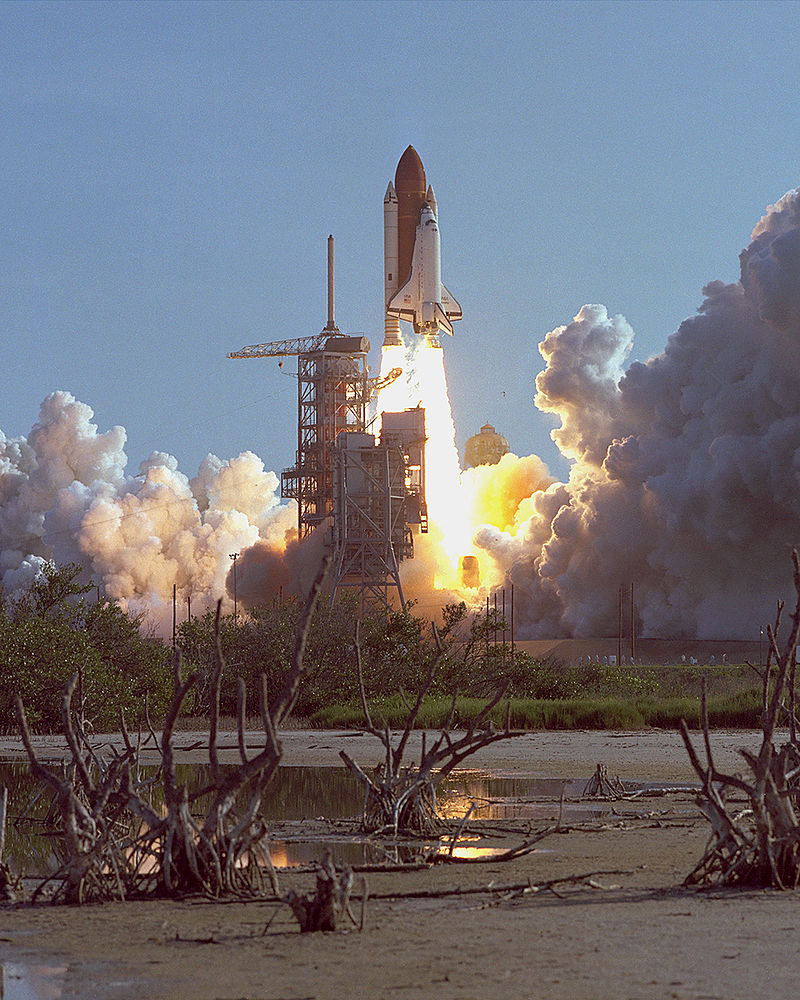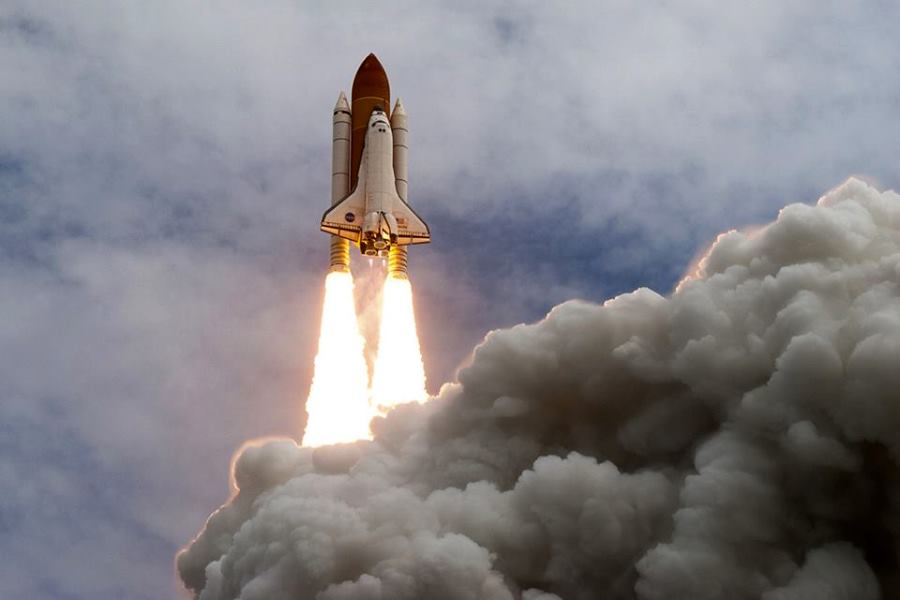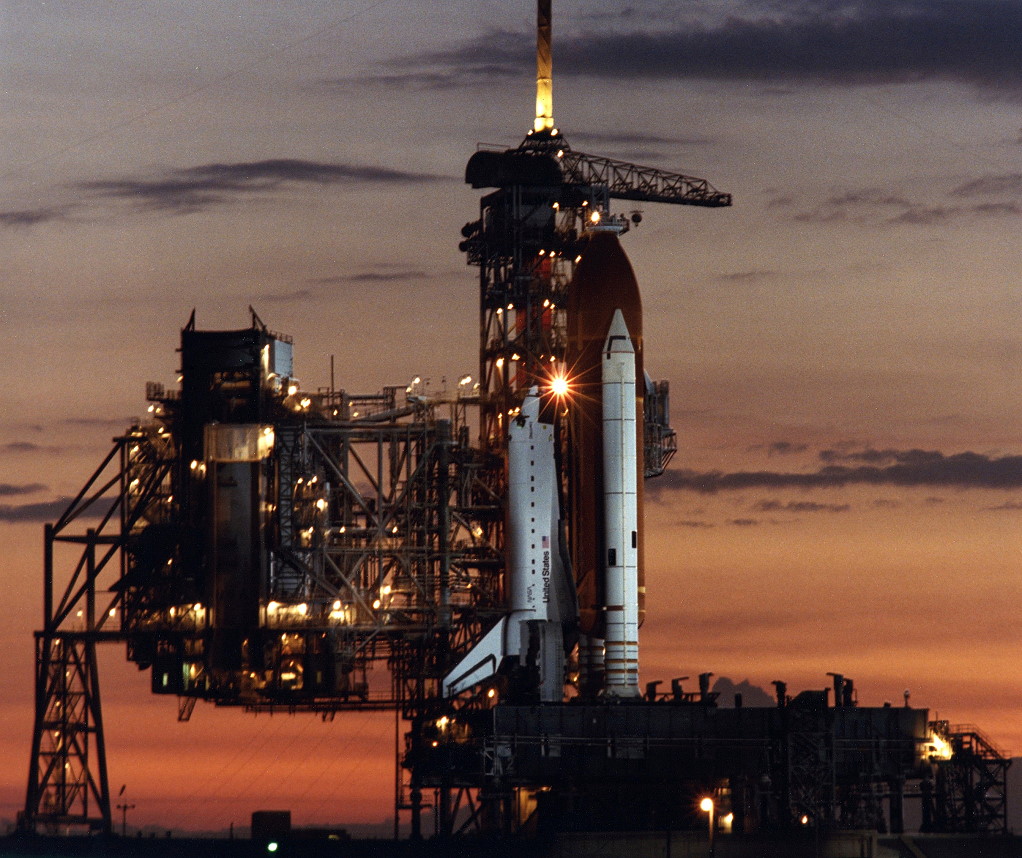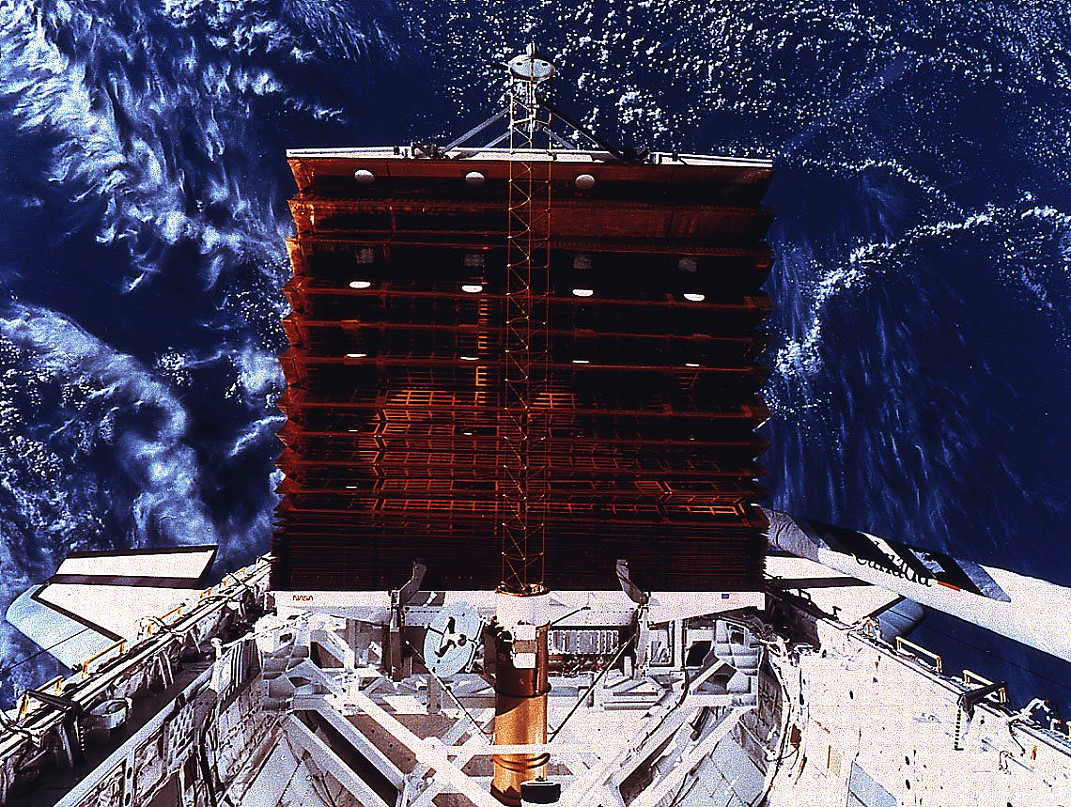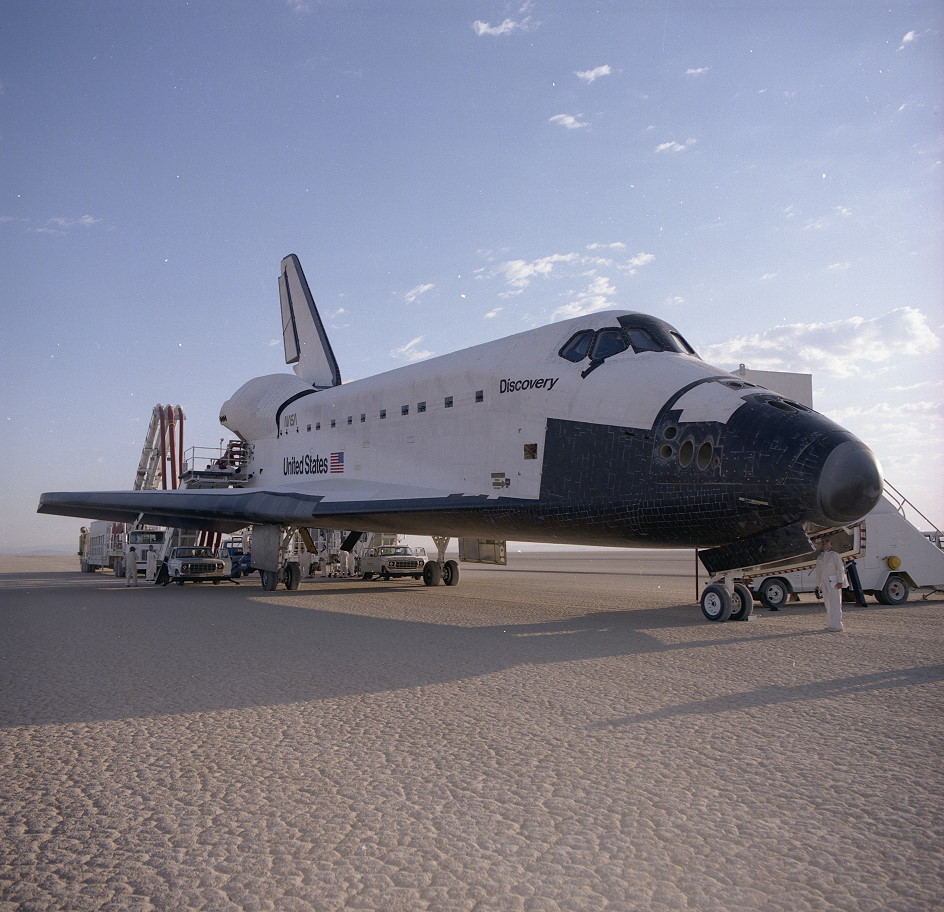STS-41D Fact Sheet
By Cliff Lethbridge

STS-41D — Discovery
12th Space Shuttle Mission
1st Flight of Discovery
Crew:
Henry W. Hartsfield, Jr., Commander
Michael L. Coats, Pilot
Judith A. Resnik, Mission Specialist
Richard M. Mullane, Mission Specialist
Steven A. Hawley, Mission Specialist
Charles D. Walker, Payload Specialist
Orbiter Preparations:
Tow to Orbiter Processing Facility – November 10, 1983
Rollover to Vehicle Assembly Building (for storage) – December 9, 1983
Rollover to Orbiter Processing Facility – January 10, 1984
Rollover to Vehicle Assembly Building – May 12, 1984
Rollout to Launch Pad 39A – May 19, 1984
Rollback to Vehicle Assembly Building – July 14, 1984
Rollover to Orbiter Processing Facility – July 17, 1984
Rollover to Vehicle Assembly Building – August 1, 1984
Rollout to Launch Pad 39A – August 9, 1984
Launch:
August 30, 1984 – 8:41:50 a.m. EDT. Launch attempt on June 25, 1984 was scrubbed during the T-9 minute hold due to failure of the Shuttle’s back-up General Purpose Computer (GPC).
Launch attempt on June 26, 1984 ended in the first main engine cutoff of the Shuttle program. Main engines were shut down at T-4 seconds when GPC detected an anomaly in Main Engine Number Three. Discovery was returned to the Orbiter Processing Facility where the engine was replaced.
To preserve the launch schedule of future missions, the STS-41D cargo was remanifested to include elements of STS-41F, which was canceled.
A third launch attempt on August 29, 1984 was delayed when a discrepancy was noted in flight software of Discovery’s Master Events Controller (MEC). August 30 launch was delayed 6 minutes, 50 seconds when a private aircraft intruded into a “no-fly” warning area off the coast of Cape Canaveral.
Landing:
September 5, 1984 – 6:37:54 a.m. PDT at Runway 17, Edwards Air Force Base, California. Rollout distance was 10,275 feet. Rollout time was 60 seconds. Mission duration was 6 days, 0 hours, 56 minutes, 4 seconds. Landing occurred during the 97th orbit.
Landing was held at the desert runway as opposed to the concrete runway at Edwards because this was Discovery’s maiden flight.
Mission Summary:
Three satellites were deployed, including the Satellite Business Systems SBS-D, SYNCOM IV-2 (also called LEASAT-2) and TELSTAR.
The 102-foot-tall, 13-foot-wide Office of Application and Space Technology-1 (OAST-1) solar wing was unfolded from the payload bay. The wing carried different types of solar cells and was extended to its full height several times. It demonstrated that large, lightweight solar arrays were feasible for future use in space station applications.
Other payloads included Continuous Flow Electrophoresis System (CFES) III, Radiation Monitoring Equipment (RME), one SSIP experiment, IMAX camera system and the U.S. Air Force Cloud Logic to Optimize Use of Defense Systems (CLOUDS).
SELECTED NASA PHOTOS FROM STS-41D
